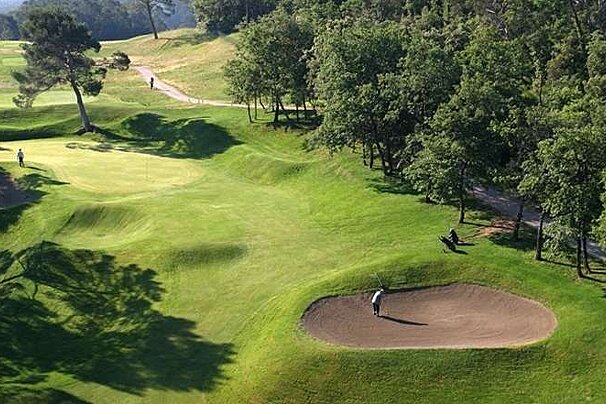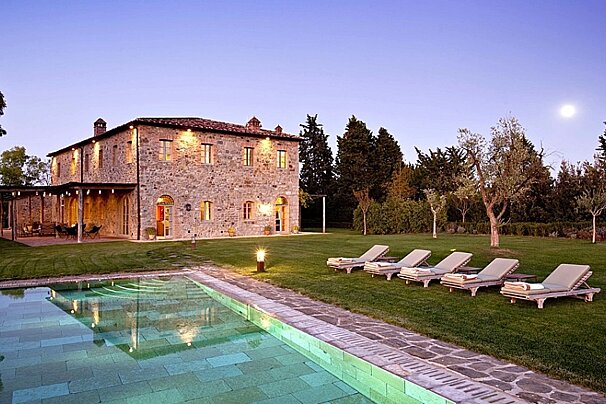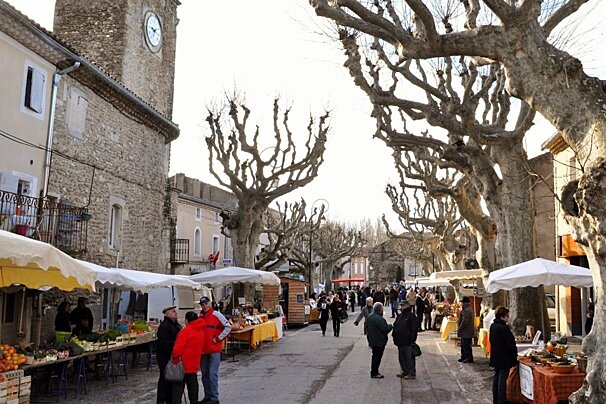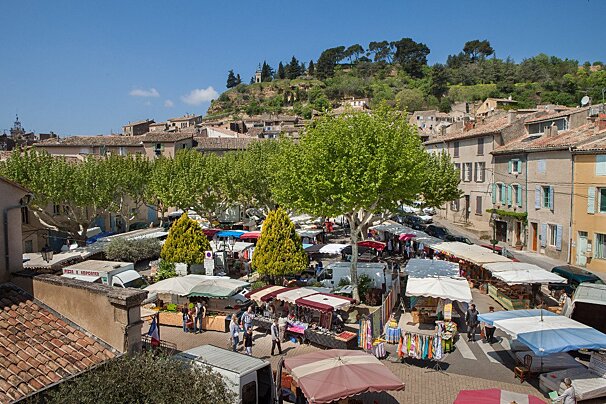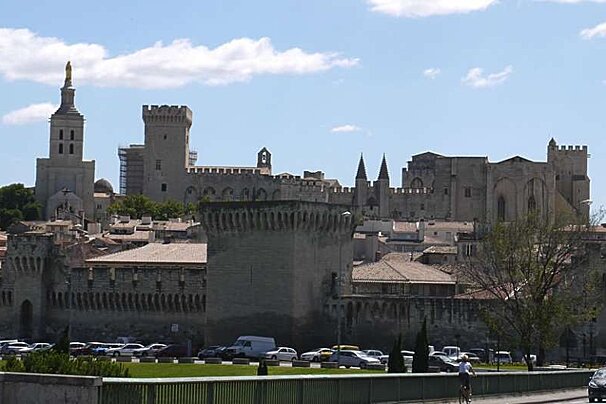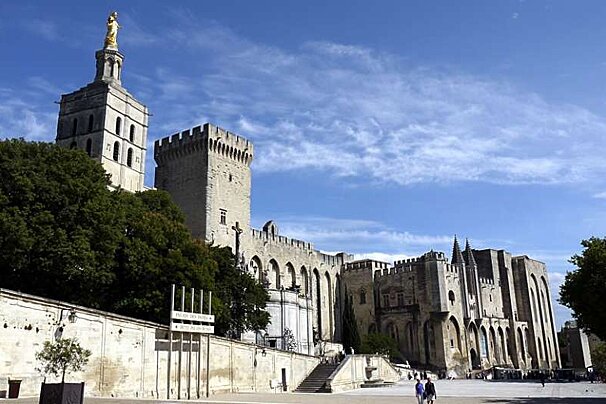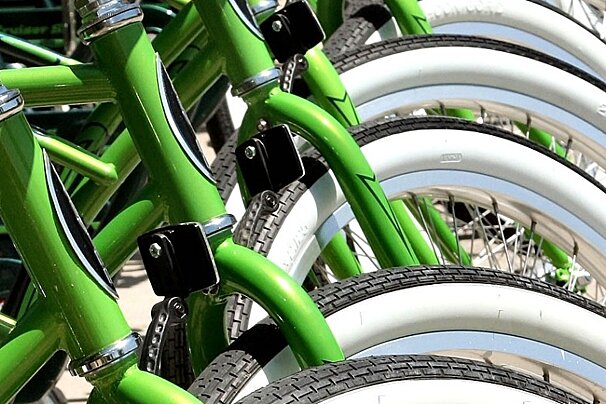
Pont Julien, between Bonnieux & Roussillon
Roman bridge crossing the Calavon river that dates back to 3BC
A lovely Roman bridge not far from Bonniuex, on the road towards Roussillon. It dates back to the 3rd century BC when the Romans built a road to link Italy to Hispania.
The road was known as Via Domitia and was the first Roman road to be built in France. It was admitted to the historical monuments list back in 1914 has been a popular tourist attraction ever since. The bridge itself is 80m long, 6m wide and stands at a height of 11.5m. It has a relatively elegant appearance, and is built from limestone.
It was used for car traffic until 2005, when a replacement bridge was built to preserve it from wear and tear. This amounts to approximately 2,000 years of uninterrupted use.




